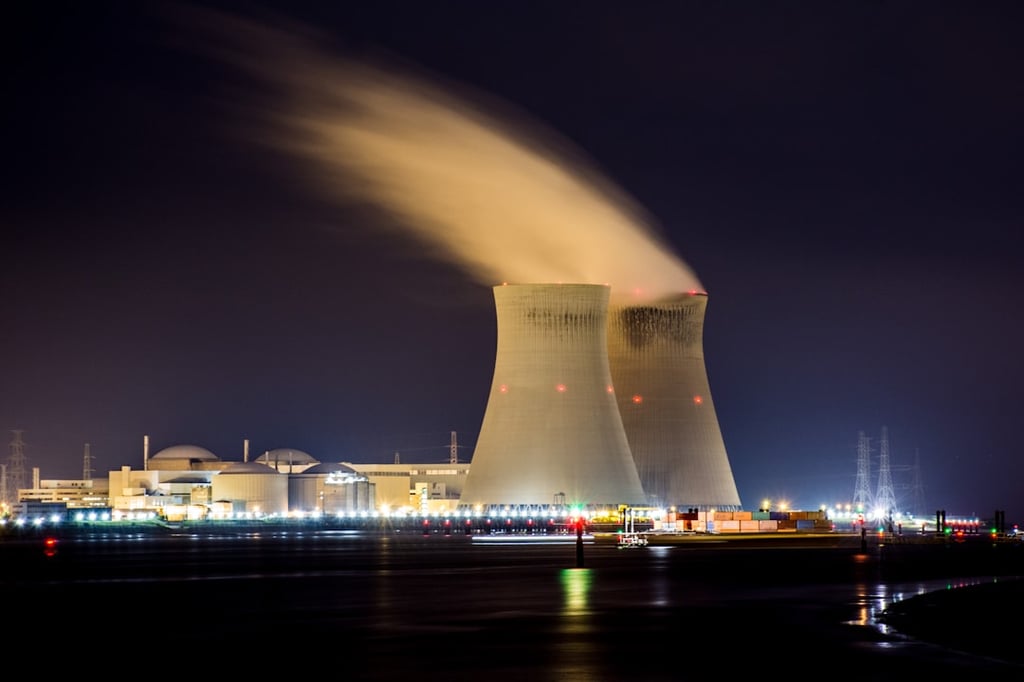Datamation content and product recommendations are
editorially independent. We may make money when you click on links
to our partners.
Learn More
This week Huawei held an expert roundtable on the state of artificial intelligence, and it was a fascinating event. Speakers on the panel included Mark Beccue, Principal Analyst at Omedia; Barry O’Sullivan of University College; and Neil Sahota, IBM Master inventor and UN AI subject matter expert, out of UC Irvine in California.
This event was moderated by Tim Danks, CIPP/E VP Risk Management and Partner Relations, Huawei Technologies. Like many of these Hauwei funded events, there was virtually no Huawei content, and the event focused exclusively on the AI market and how it is advancing.
Huawei does have a massive R&D budget with a significant portion focused on AI, but this wasn’t a panel to sell anything, but instead to create a dialog on the AI topic.
Here are some of my takeaways from the event.
AI Bifurcation
The panel shared that companies during the pandemic are in two groups when it comes to AI deployment.
First, those that had started an AI project tended to accelerate that work and increase its scope, allowing them to emerge post-pandemic far more technologically up to date and far more automated.
Second, those that hadn’t started their AI efforts yet or put them aside or discontinued the effort, which should put them well behind their peers in terms of the deployment and use of AI technology once the pandemic is over.
This behavior should result in two pools of firms post-pandemic, those with widely deployed AIs and massive automation and firms trying to recover by going back to the way things were before the pandemic. With 71% of the firms deploying AI now convinced the outcome of their AI efforts will be positive, assuming those executives aren’t delusional, the firms’ competitive advantage should be significant.
For each of the prior three industrial revolutions, the firms that didn’t embrace the change largely failed, and there is a high likelihood that this same result will repeat here once the world emerges from the pandemic.
Convergence
There are a massive number of technologies coming to market at the same time. Those advancements include Robotics, 3D printing, 5G, autonomous cars, advanced prosthetics (they showcased a prosthetic arm that responded to brain signals), and even flying cars.
There is a synergy between many of them, and AI is at the center of these significant advances. One example was Olli, a 3D printed autonomous bus designed by Watson IBM’s AI solution. Watson developed seven prototypes, and then humans selected the design, out of the seven that Watson had created. The result was a viable automated electric bus system that was surprisingly inexpensive to deploy and maintain, which didn’t need drivers.
Another demonstration was of a prosthetic arm and hand that was automated and controlled by the operator’s brain. This arm was a combination of robotics, advanced human/machine interface, and AI to create a realistic replacement for a lost appendage.
This convergence of multiple emerging technologies with AI in the middle is rapidly advancing transportation, prosthetics, manufacturing (3D+AI), and entertainment (think advanced NPCs). And the medical advancements go beyond prosthetics and include blending XR (Extended Reality) and scanning equipment to allow for the virtual sectioning of living organs to understand related problems without surgery. The example was a doctor who could section a living heart virtually to understand its inner workings with no patent risk.
Wrapping Up
AI is changing the world around us. It is quietly resetting the competitive landscape where firms that have been aggressive with Digital Transformation and AI adoption will be far more powerful and efficient when the pandemic is over and with those that didn’t falling well behind. Advances in prosthetics, medical imaging, autonomous cars and machines, and manufacturing sites are only the tip of the coming AI iceberg.
One other source to check out is the Rodney Brooks AI prediction page out of MIT, where you can see the estimates of what is coming in the future by date with comments on how reliable the predictions are. There is an impressive amount of revolutionary solutions expected in the next three years, and it gets even more impressive when you look at the 2030s. (Check out the space exploration section at the bottom, it’s fascinating).
AI is changing the world, but we may not have a real sense of these changes until this pandemic event is over, and we can see their sustaining impact. The future is coming, and if the roundtable is correct, the firms that are preparing now will be well ahead of the firms that have put off that preparation.







